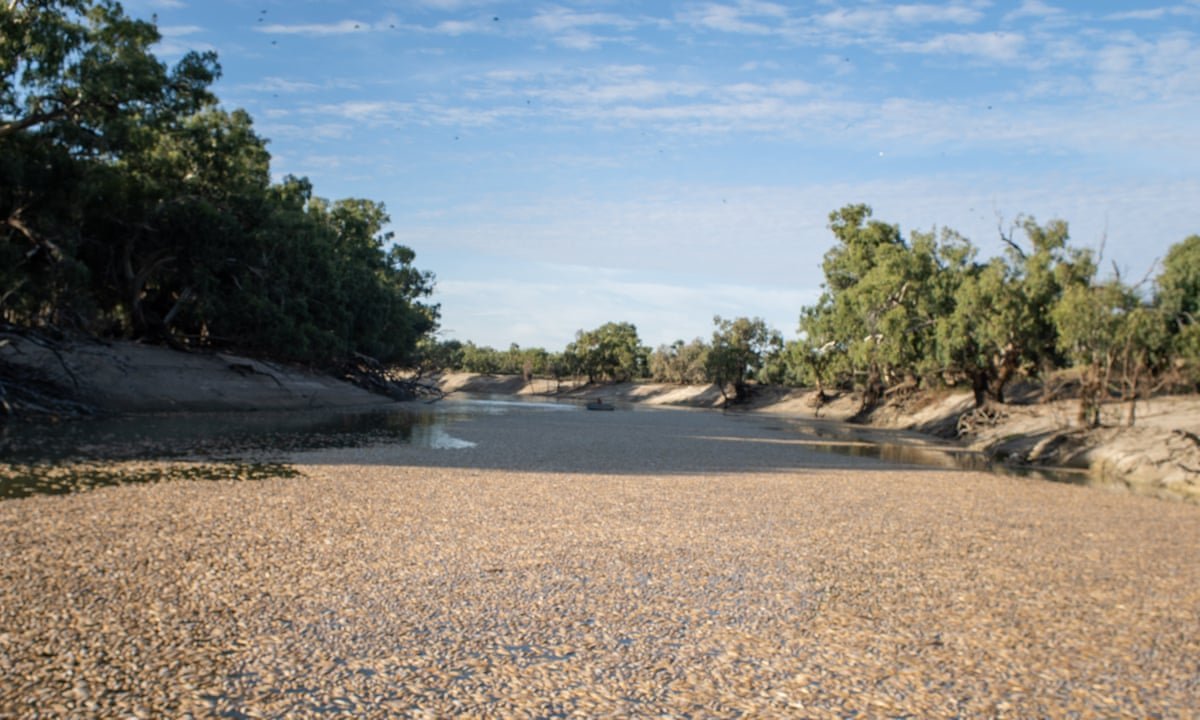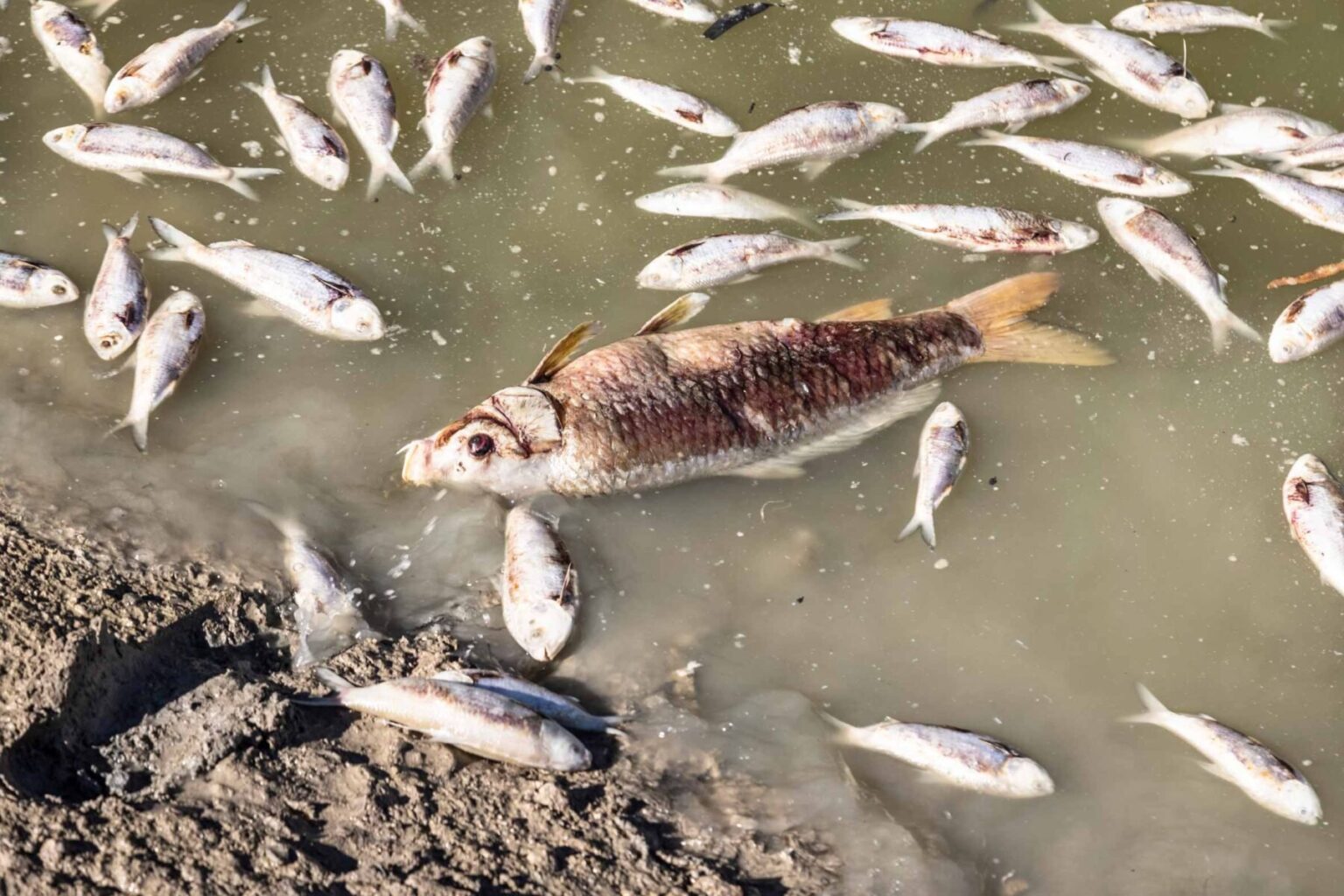Revolutionary AI-Powered Fish Passage Trial Sparks Hope for End to Mass Fish Deaths in NSW
- A $6.52 million temporary fish passage trial is underway to transport native fish from the Darling River to Lake Wetherell, using AI to identify and redistribute them.
- The trial aims to prevent another ecological disaster, after tens of millions of fish suffocated to death in the Darling River between 2018 and 2023.
- The project, funded by the NSW government, has already shown promising results, with 7,500 fish passing through the Menindee fish passage in just 64 days.
In a bid to prevent the devastating mass fish deaths that have ravaged the Darling River, a revolutionary AI-powered fish passage trial has begun its second stage in Menindee, New South Wales. The $6.52 million project, funded by the NSW government, aims to transport native fish from the Darling River to Lake Wetherell, using cutting-edge artificial intelligence to identify and redistribute them.
The trial, part of the state government’s $25 million Restoring the Darling-Baaka River Program, is a crucial step towards preventing another ecological disaster. Between 2018 and 2023, tens of millions of fish suffocated to death in the Darling River due to low oxygen levels and water flow. The tragedy left the local community reeling, and the environment in crisis.
According to Tony Townsend from the Department of Primary Industries (DPI), the AI counting and identification system is designed to help fish move around the Murray-Darling Basin. “There’s a lot of barriers to native fish in the Murray-Darling Basin, so they can stop a lot of important things that our fish need to do,” he said. “They need to move to find more food, to breed and to find better homes — so if they can’t do that then that’s where we see the impacts that we’ve seen in the past.”
The trial is being carried out by Finnish company Fishheart, which faced initial challenges due to murky water conditions and extreme heat. However, after adding lighting and cameras to the system, the process became smoother, and 7,500 fish have already passed through the Menindee fish passage in just 64 days. “I’m really confident to finally see all the fish and we can get the numbers up and recognise the fish better,” said Fishheart site manager Mikael Eskelinen.

The project’s success could have far-reaching implications for the Murray-Darling system, with the DPI hoping to deploy the technology in other areas. “This is a really neat project to test the innovation here,” said Tony Townsend. “If it works here in these conditions then … we can use it elsewhere.”
Despite being a temporary solution, the Menindee fish passage trial has already had a positive impact on the local community. Open days have allowed locals to learn about the technology, generating interest and support for the project. “It’s really putting the spotlight on the local town for a good reason, so having the local community come out to better understand that … hopefully they can help and contribute later on in the project,” said Tony Townsend.
The Menindee fish passage trial is set to run until June 2027, providing a glimmer of hope for the beleaguered Murray-Darling Basin. As the project continues to make progress, Australians can only hope that this innovative solution will help prevent the devastating mass fish deaths that have plagued the region.

